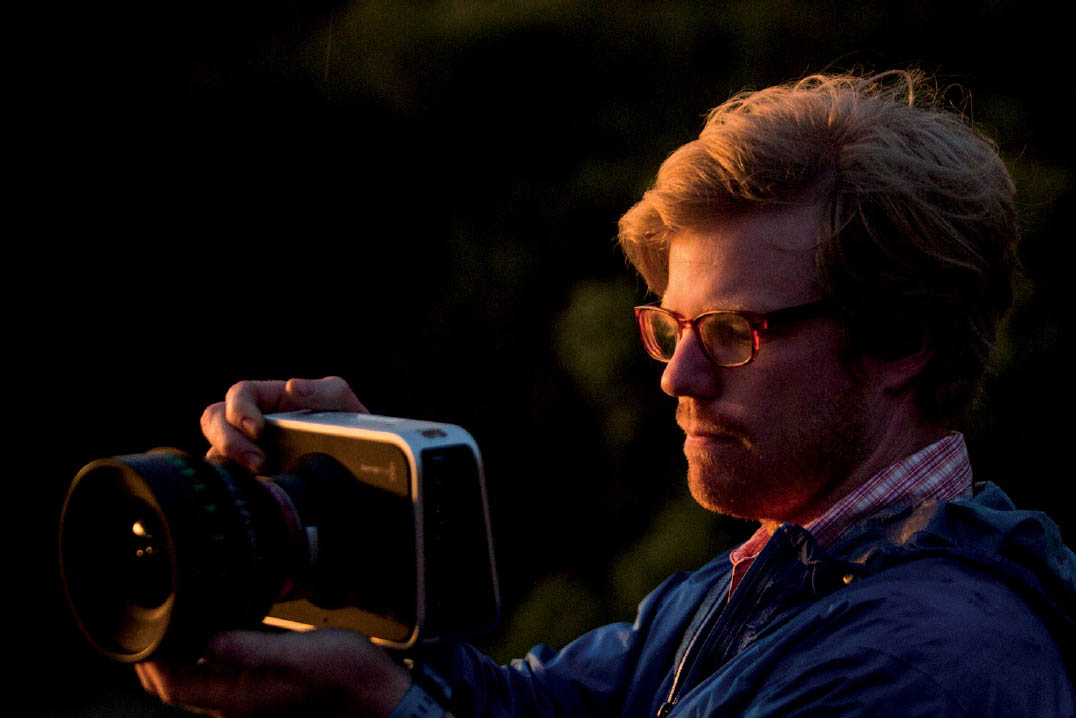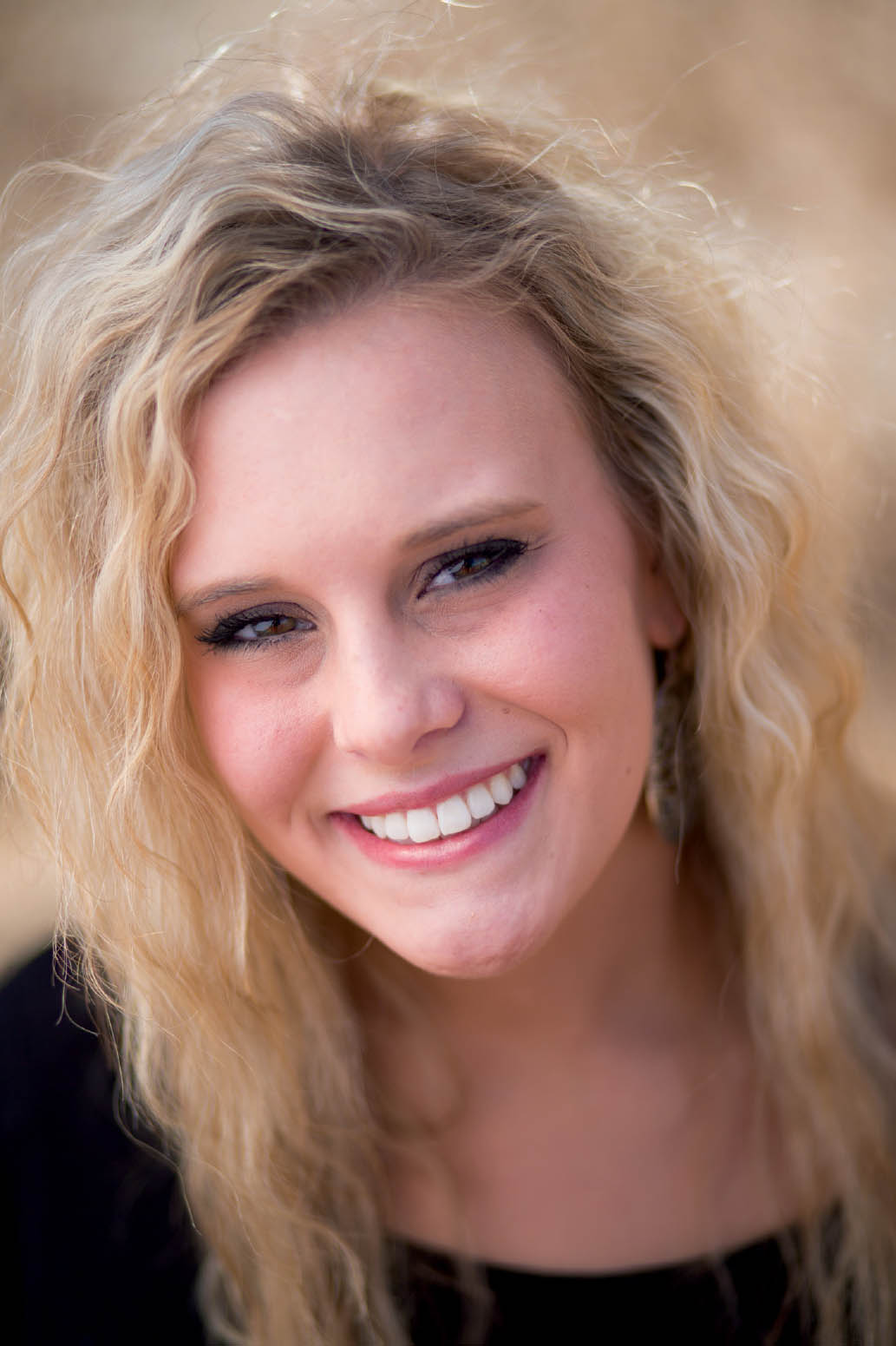7. ISO AND NOISE LEVELS
![]()
ISO IS THE foundation for exposure. Technically, it is a numerical representation of the speed at which your camera’s digital sensor accumulates light. For a good exposure, ISO typically has an impact on your choice of shutter speed. Your ISO setting also has a great impact on the level of noise in the photographic image.
Noise is a result of your sensor gaining up its ability to capture light. When you increase your ISO, the sensor struggles to fill in visual informational gaps as a result of being pushed to capture light more quickly. Out-of-place pixel coloration and blotchiness may occur, which interfere with the look of an image—namely its perceived sharpness and color saturation (Figure 7.1). There is a great deal of engineering language that can be used to explain the presence of noise, but suffice it to say that as you increase your ISO, you’ll also increase the level of noise in your image.
So, why be concerned with noise levels? Typically, high noise levels are undesirable in portraiture. This isn’t to say that noise has no aesthetic value whatsoever. In fact, noise is often equated to that oft-sought-after look of increased grain in film stock of higher ISO speeds. Yet, for the most part, increased noise levels do not treat your portrait subject very well. Noise can make a face and environment look distractingly textured (something I’m sure many portrait subjects would not appreciate), and make edges that are actually in focus look a bit soft. The effect of noise on an image is compounding, meaning that as you increase your ISO, the effects become more noticeable and less manageable.
As you can see, it’s often a good approach in portraiture to shoot with as low an ISO speed as possible. Doing so ensures you are starting the photography process with the least amount of noise possible. Of course, this all depends on the amount of ambient light you have at your disposal. Although it would be nice to espouse that ISO 100 or 200 are the ideal ISOs for all portraiture, the fact is that not all lighting levels were created equal. A clear day with a great amount of light is a nice scenario in which to shoot with relatively low, almost noise-free ISOs ranging from ISO 100 to 400 (Figure 7.2). However, stepping indoors, no matter how well lit an interior appears to our eyes, might necessitate increasing your ISO to over 1,000 to obtain a shutter speed fast enough to capture a sharp image while hand-holding the camera and lens.
7.1 In this portrait of photographer Jacob Copple, I had to turn the ISO up to 1600 to shoot with a fast enough shutter speed to maintain focus. As a result, I introduced visible noise, particularly in the shadows and background.
ISO 1600; 1/100 sec.; f/2.8; 78mm
To some degree, noise is something photographers have to tolerate. However, we should keep it at bay. Remember, shooting with as low an ISO speed as possible is the best approach to mitigating the negative effects of noise. This will always be the case. Fortunately for photographers, camera manufacturers are continually wrestling with this issue and keep pumping out equipment that allows you to shoot at increasingly higher ISOs with lower and lower noise levels. Who knows—maybe one day we can stop concerning ourselves with ISO and noise levels altogether!
7.2 ISO 100 is a very clean, noise-free ISO that is ideal for most types of natural light portraiture, especially headshots.
ISO 100; 1/2500 sec.; f/1.8; 85mm


